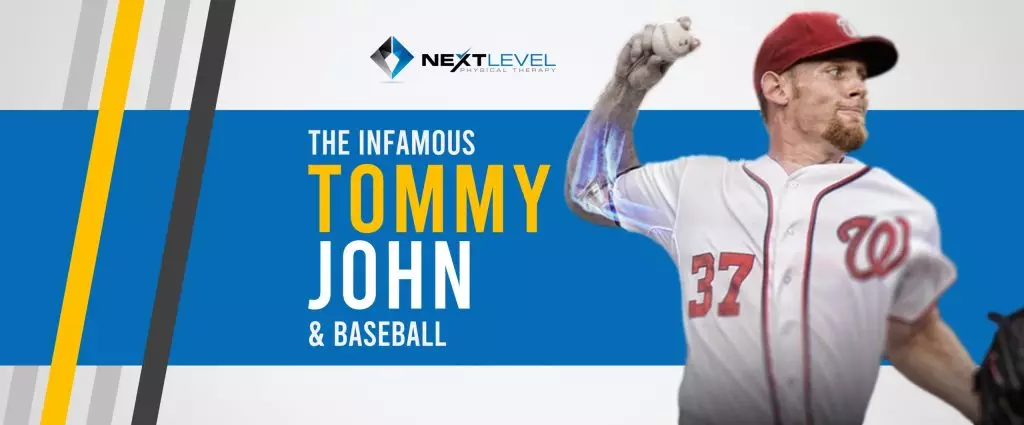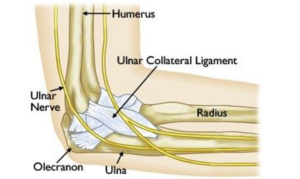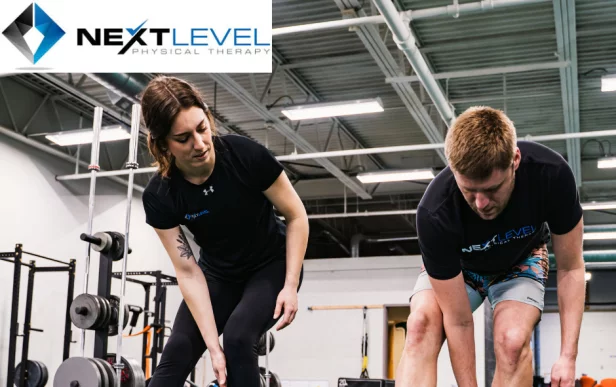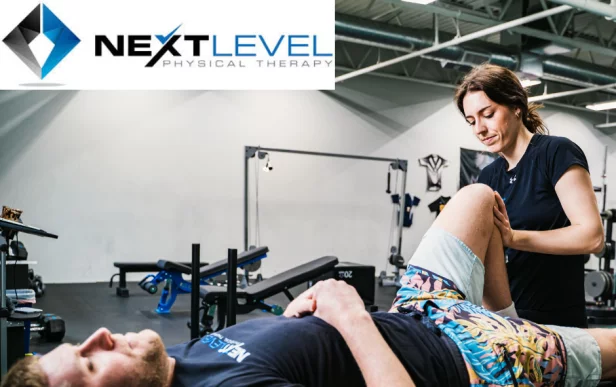Author: Dr. Kyle Price, DPT, LAT, ATC, CSCS
If you were to assess how great a pitcher in baseball truly is, you might find yourself looking at a lot of statistics…specifically the ERA or Earned Run Average. With the goal to strike out everyone who dares to step into the box against them, they must not only possess a superior amount of talent and skills, but an ability to demonstrate a large amount of power. Multiplied by about 100…pitches that is.
Across sports, only a small number of athletes have to exert the same level of power quite as frequently as a baseball pitcher. Now, if specialized at a young age to be a pitcher and across several teams per year, this amount of power, volume and overall stress placed on the elbow and its surrounding structures can not only take a toll, but potentially wreak havoc on the players future…at least that is what we thought.
Typically beginning as a low level condition, such as Little League Elbow (a condition that is simply a byproduct of insufficient rest periods between pitching outings) or Acute bursitis (inflammation of localized fat pad), a baseball player’s elbow joint has to be able to absorb a tremendous amount of force and repetitive stress across seasons. This type of overhead throwing irritates not only surrounding tendons and ligaments that are responsible for support, but predisposes pitchers to more serious issues, such as an Ulnar Collateral ligament (UCL) injury.
As a result of increasingly large prevalence in young players over the last few years, this once seen injury in mostly adults has prompted many governing bodies to change the rules. The American Sports Medicine Institute (ASMI), USA Baseball, Little League Baseball, Major League Baseball organizations to establish Pitch Count Guidelines.
With many efforts being made to protect the new generations of baseball, higher level players continue to remain at risk.
The Ulnar Collateral ligament (UCL) injury
The ulnar collateral ligament (UCL) has been amongst the most commonly injured ligament in repetitive throwing / overhead athletes. In order to accommodate the large volume of power that is created to throw a baseball 60 feet, the ligaments stretch and elongate until it can no longer bear the capacity to maintain the elbow’s integrity. Like any ligamentous injury they can range in severity and true structural damage/complexity. They range from a minor sprain with light damage and inflammation to a complete tear.
UCL Symptoms Include:
- Pain with throwing or inside of the elbow
- Instability
- Decreased strength or power in throwing
- Increased sensitivity around the ulnar nerve “funny bone” causing numbness and tingling in the ring and pinky finger
Diagnosis and Treatment
A UCL injury is diagnosed following the results and clinical presentation together after a physical examination, in conjunction with diagnostic imaging, such as X-ray & MRI. Indications on next best step are contingent upon severity of structural damage, healing time, rehabilitative exercises, inflammation management, further evaluation may be indicated. Further assessment with a physical therapist or athletic trainer may be warranted to determine if throwing mechanics, inefficient body positioning, compensatory techniques/strategies, and sequencing caused excessive stress on the elbow. Oftentimes if a pitcher does not have full access to shoulder motions required to pitch effectively, the torque to generate the power required needs to come from another place…I bet you know where that is! INSIDE THE ELBOW!
Yes, inside the elbow. Now, normal pitching mechanics on average require 300 N (67 lbs) of torque along the inside elbow… normal. Can you imagine the level of stress taken on by the elbow due to abnormal pitching mechanics multiplied by 100 pitches per game over the course of a full season?
Tommy John and His Influence
Named after former LA Dodgers Pitcher, Tommy John, the surgery has dramatically impacted baseball and throwing athletes. Used as a last resort now for UCL injuries, outcome measures have drastically increased since this surgery gained traction in the baseball community. TJ Surgery is a surgical graft procedure where the injured UCL is replaced by a tendon graft taken from the forearm or hamstring tendons. The procedure is followed by an intense rehab program that consists of several phases on average lasting 6 to 12 months.
What was once a career ending injury is now a symbol of hope for many overhead athletes looking to continue the sport they love! Today the UCL Reconstruction is a commonly performed procedure and emphasized in rehabilitation education programs.
If you have any questions regarding this topic please consult your primary care physician or stop by Next Level Physical Therapy and we will gladly speak with you about it.





